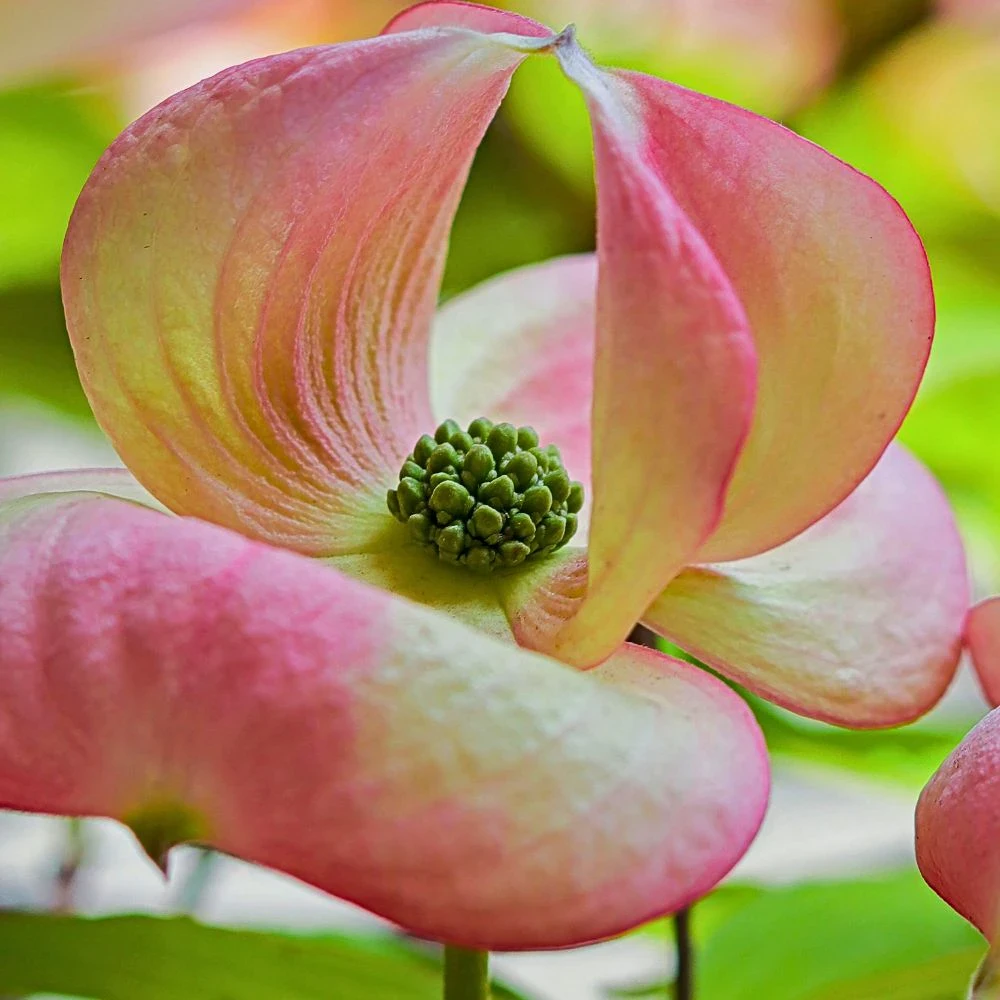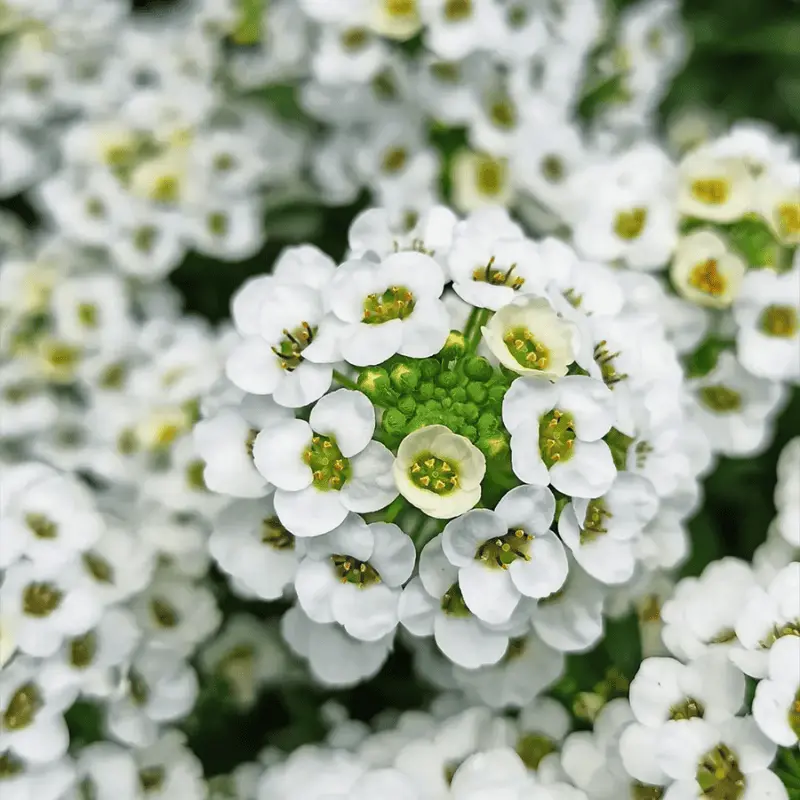Poppy flowers are enigmatic. Often coming in bright red petals with delicate black centers, these flowers are a perfect blend of vivid beauty and rich symbolism. Not to mention their role in other segments like literature and medicine. But often, people ask what the meaning of the poppy flower really is. What draws one to poppies? Is it their looks, meaning, or symbolism? Or perhaps their ephemeral nature or mysterious allure. Well, these flowers just inspire.
Artists, poets, and storytellers have had this flower woven into the very fabric of tales, mythology, modern trends, poetic verses, and remembrance. The poppy flower symbolizes many things. They have different meanings across different cultures. Plus, their significance varies subject to cultures and contexts. Essentially, they are not merely beautiful flowers, but are also a source of fascination.
Poppy Flowers Origin and Nuances
Poppies are herbaceous annual, biennial, or short-lived perennial plants. They are one of several flowering plants of the Papaveraceae family that are widely cultivated and come in different shapes, sizes, and colors outside of the most common red.

The poppy flower was domesticated by the indigenous people of Western and Central Europe between 6,000 and 3,500 BC. However, it is believed that its original roots may come from the Sumerian people, where the first use of opium was recognized. Generally, a low-maintenance wildflower that boasts brightly colored petals, poppies come in numerous species, some of which are monocarpic: they die after flowering. These flowers are, nonetheless, attractive and are widely grown as annual or perennial ornamentals.
There are hundreds of species of poppies. They have a nearly global range, from the icy tundra to arid landscapes. The poppy, therefore, appears as a symbol in the cultural folklore of people globally. Poppy flowers' colors also vary. They come in red, white, yellow, pink, salmon, blue, and lilac. But red poppies are widely known and available. Blue poppies, just like most other blue flowers, are perhaps the rarest to find.
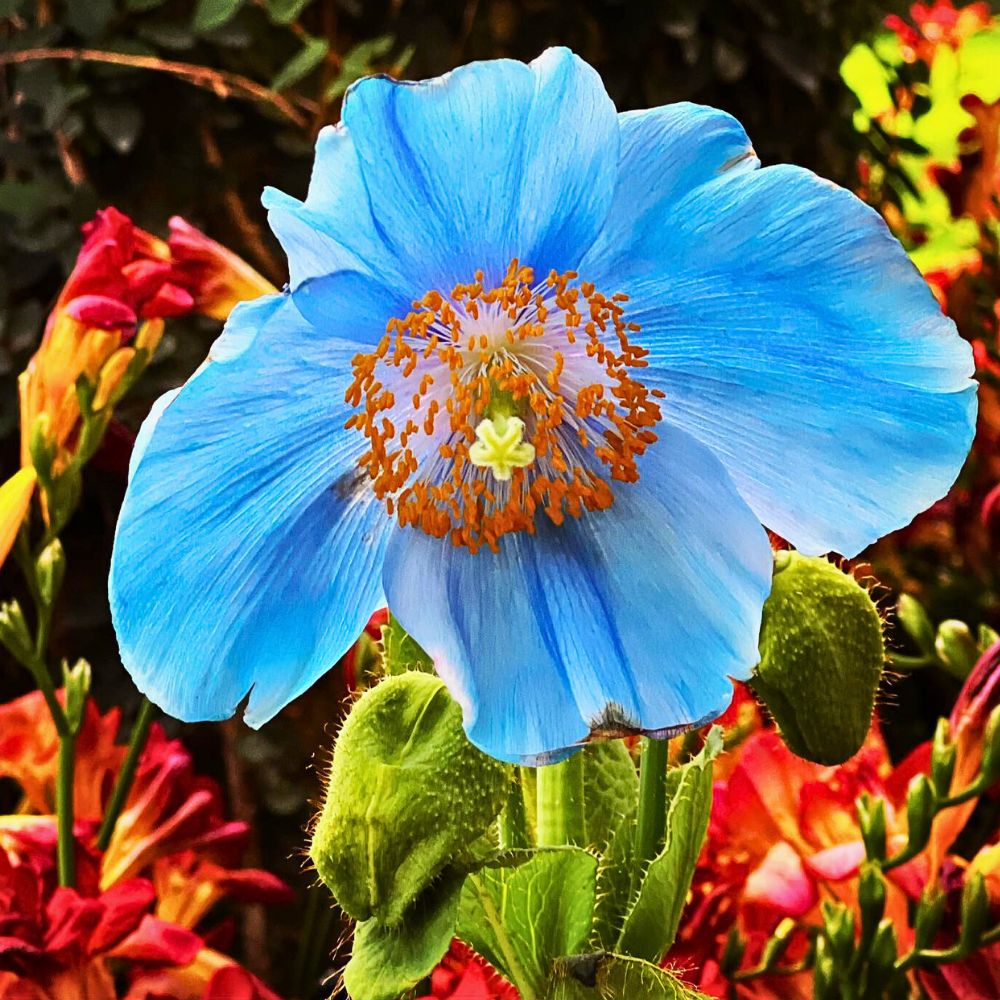
Poppy Flower Meaning and Symbolism
To get a full account of the poppy flower's meaning, one needs to go way back to when it was first grown for its medicinal and recreational uses, primarily as a mild sedative; though now found all over the world, its pain-relieving properties are the base source from which morphine and codeine are extracted. Poppies have, therefore, played a key role in ancient mythology and medicine.
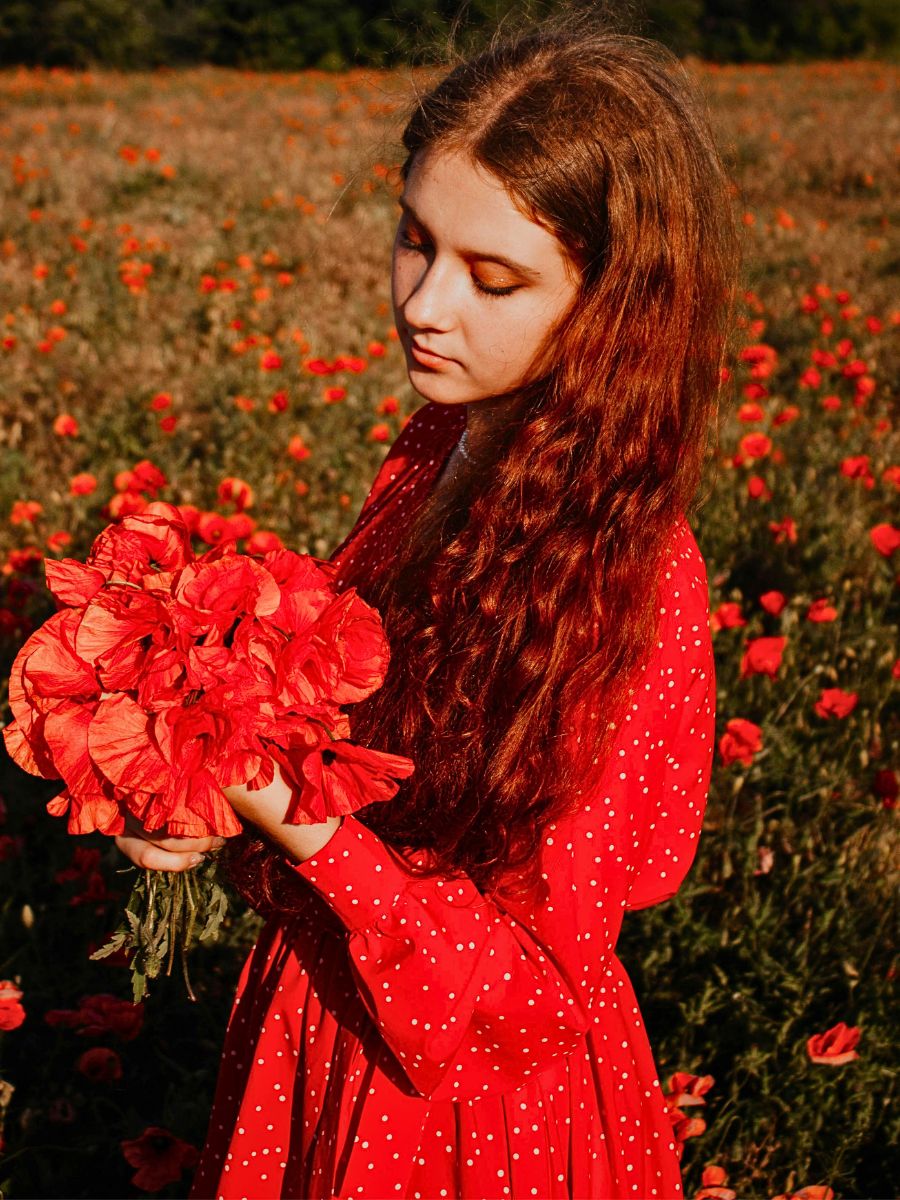
These flowers have been found in Egyptian tombs dating back thousands of years and are believed to have been associated with ancient Egyptian veneration of gods. These flowers have been featured in their jewelry and furniture. Poppy was also used in funeral rituals as a symbol of resurrection and eternal life. The Egyptians believed that the flower had the power to bring the deceased back to life from the afterworld.
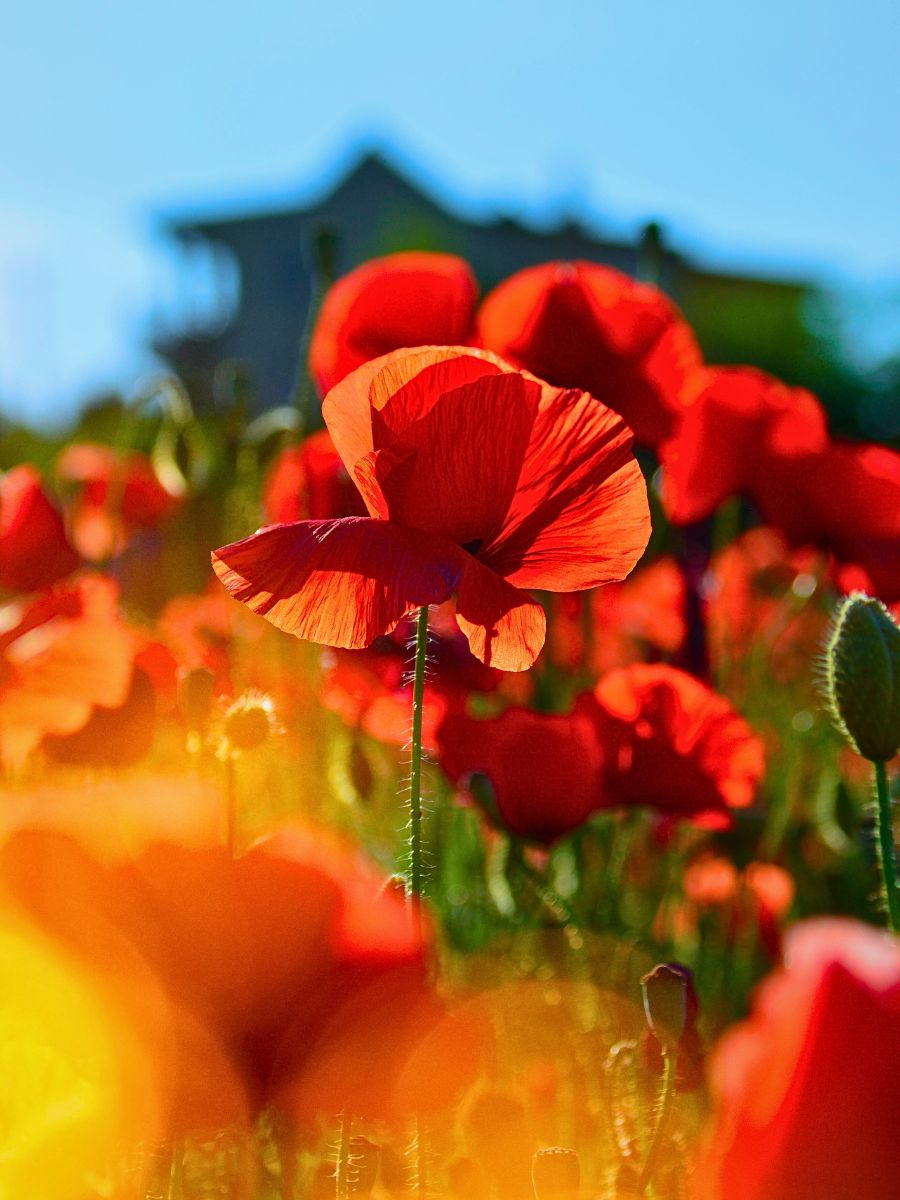
Other early uses of the poppy symbolism can be found in ancient cultures like the Romans and Greeks. They used poppies in their funeral rites, associating them with sleep, peace, and rebirth. Still, in Greek mythology, the poppy was linked to Demeter, the goddess of agriculture, fertility, and harvest. The Greek gods are believed to have given Demeter poppies to help her sleep because she was upset that her daughter, Persephone, had been abducted by Hades, the god of the underworld. Poppies sprang up from Demeter's footsteps, according to legend.
Poppies were also found in the cave of Hypnos, the god of sleep. Hypnos and Nyx, the goddess of night, are, therefore, associated with poppy flower symbolism. What is more, Greek mythology also associates poppy flowers with Morpheus, the god of sleep and dreams. The modern-day drug morphine is, in fact, derived from poppies and named after the Greek god, Morpheus.
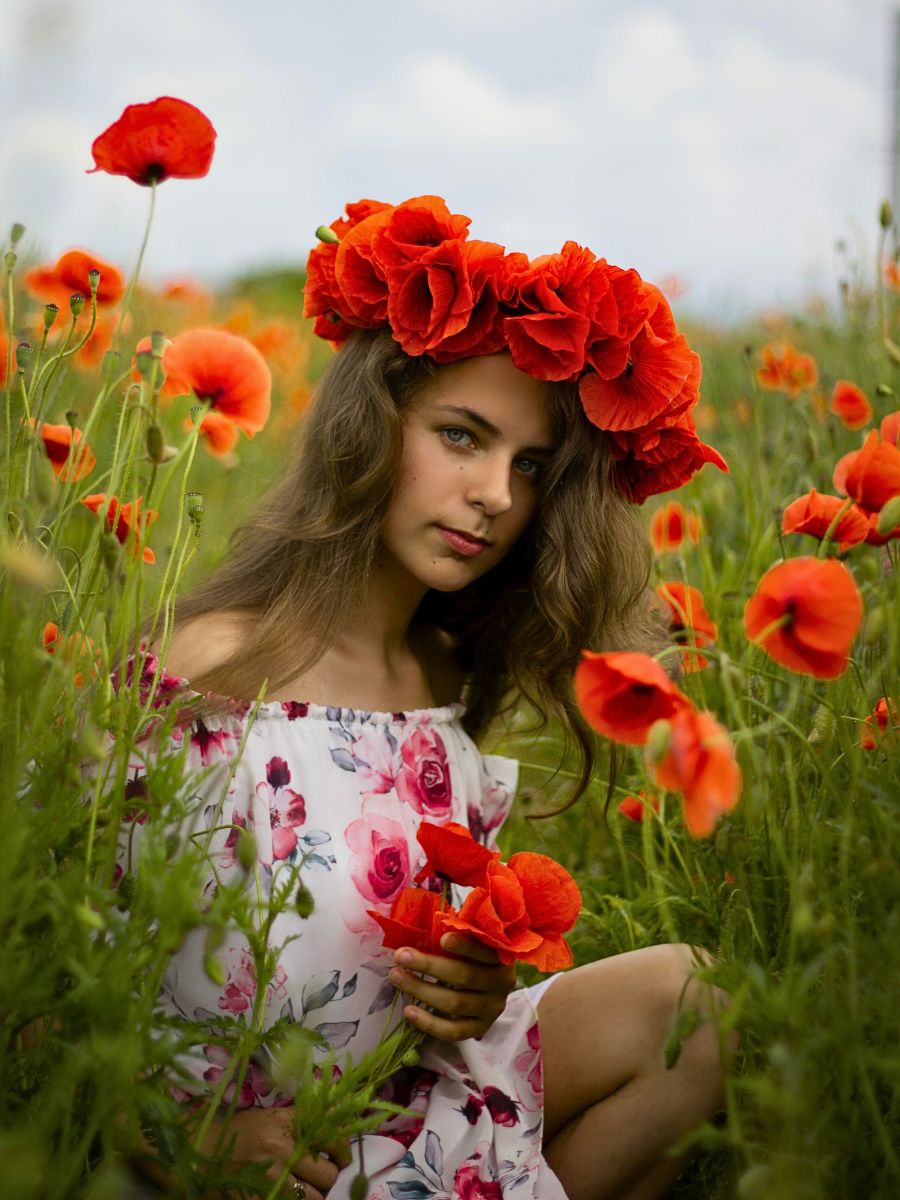
What is more, preceding Ancient Greek mythologies, the Assyrians called the poppy 'daughter of the fields' for the flower's association with agriculture and its ability to nourish the soil and grains. This was symbolic of life, fertility, and death. Generally, however, the poppy flower's meaning and symbolism revolve around consolation and remembrance, eternal life and resurrection, peace and sleep, dreams and imagination, sorrow and death, beauty and success, magic and mystery, sacrifice, regeneration, and even luxury, depending on different contexts.
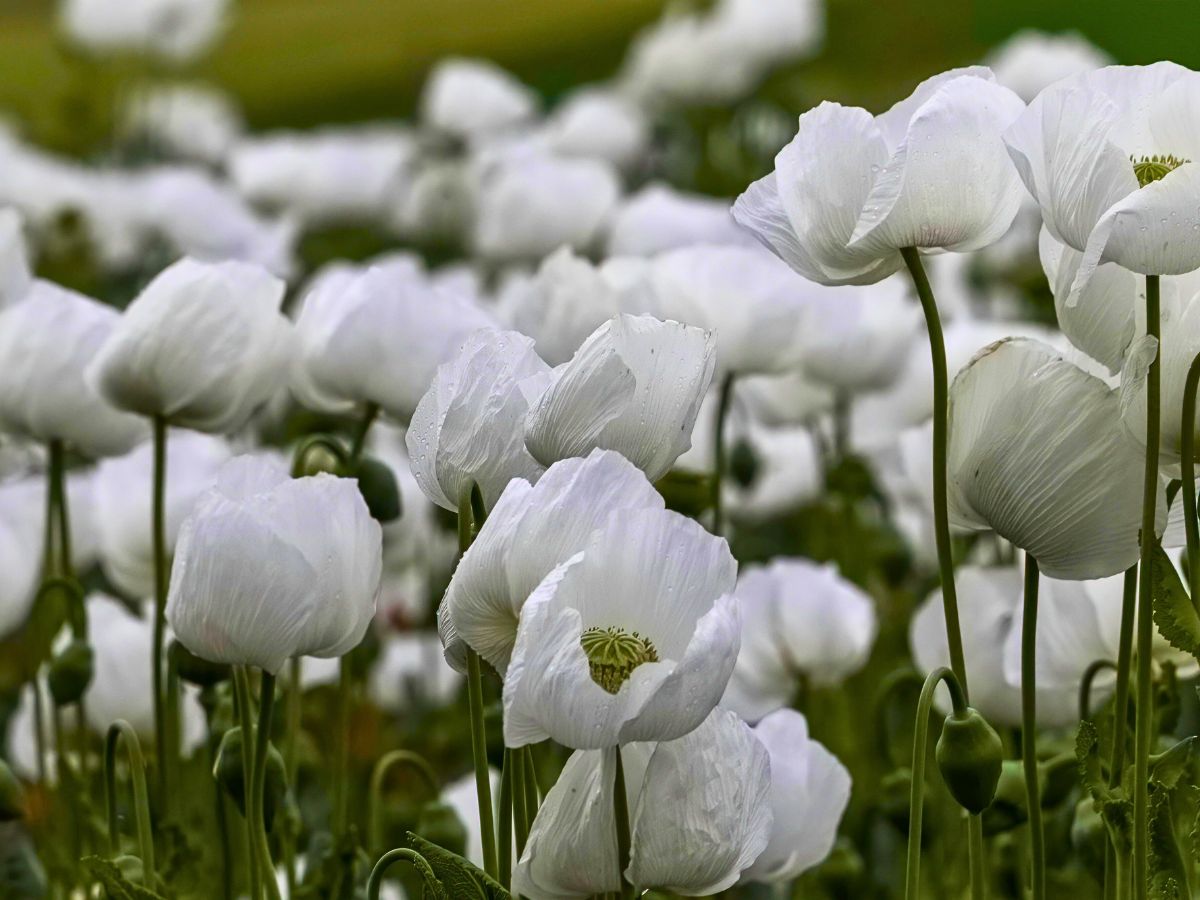
Poppy Flower Meaning Across Different Societies
Poppies are not just vibrant and beautiful flowers found in gardens and meadows across the world; they have different meanings and cultural significance as well. Think of the ancient mythologies, then consider also war memorials and other events in between. Across different cultures, these delicate-looking yet resilient flowers are a universal symbol of commemoration, hope, and resilience.
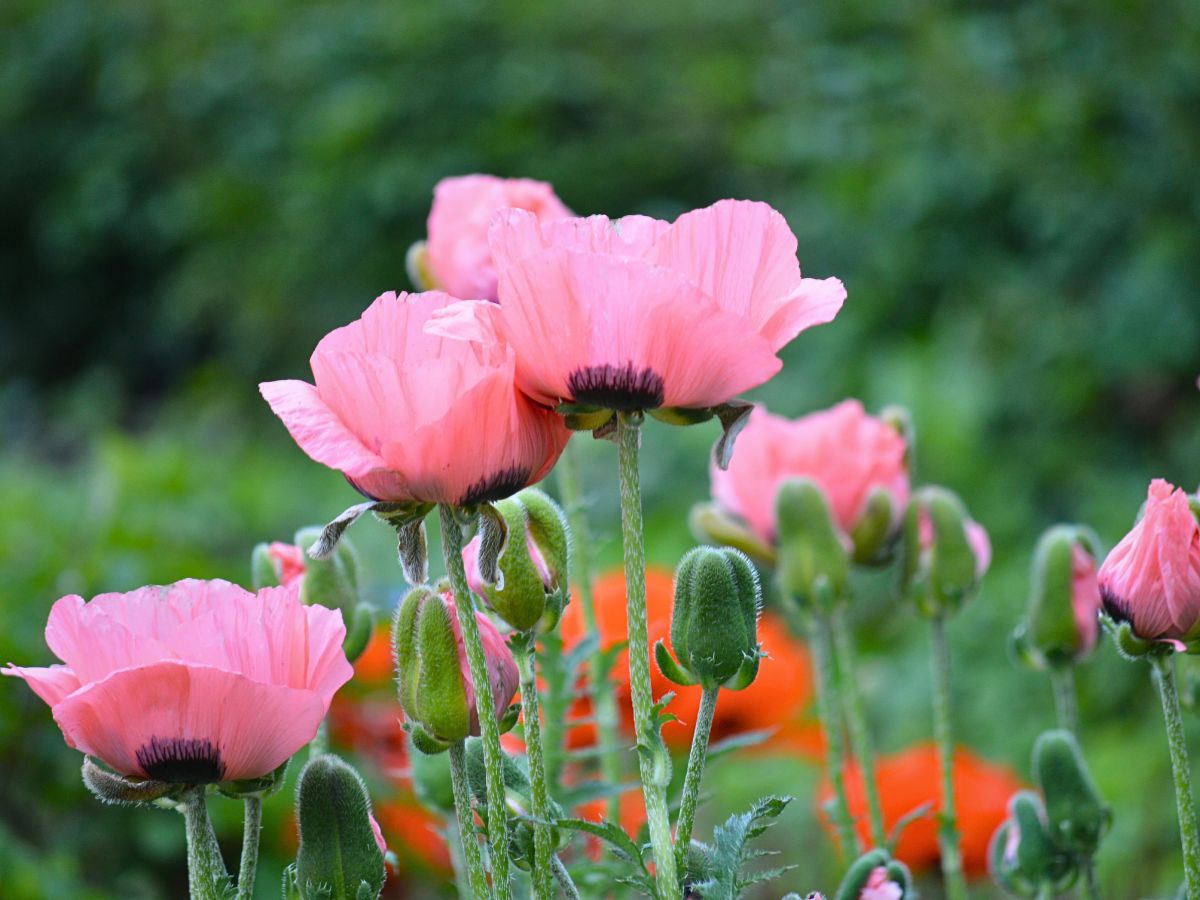
The association of poppies with symbolism can be traced back thousands of years, which, for instance, is why the Greek goddess Demeter, mourning the loss of her daughter Persephone, created the poppy as a symbol of eternal sleep and solace, and Ancient Egypt used these flowers for medicinal purposes and as a symbol of resurrection and rebirth.
Later, though, the Victorians, in their language of flowers, ascribed different meanings to the flower, most of which varied depending on the color. The poppy flower was most commonly used to represent loss, extravagance, and deep sleep. Japanese and Chinese cultures also viewed poppy flowers as a representation of passionate and deep love in a couple. It signified adoration.
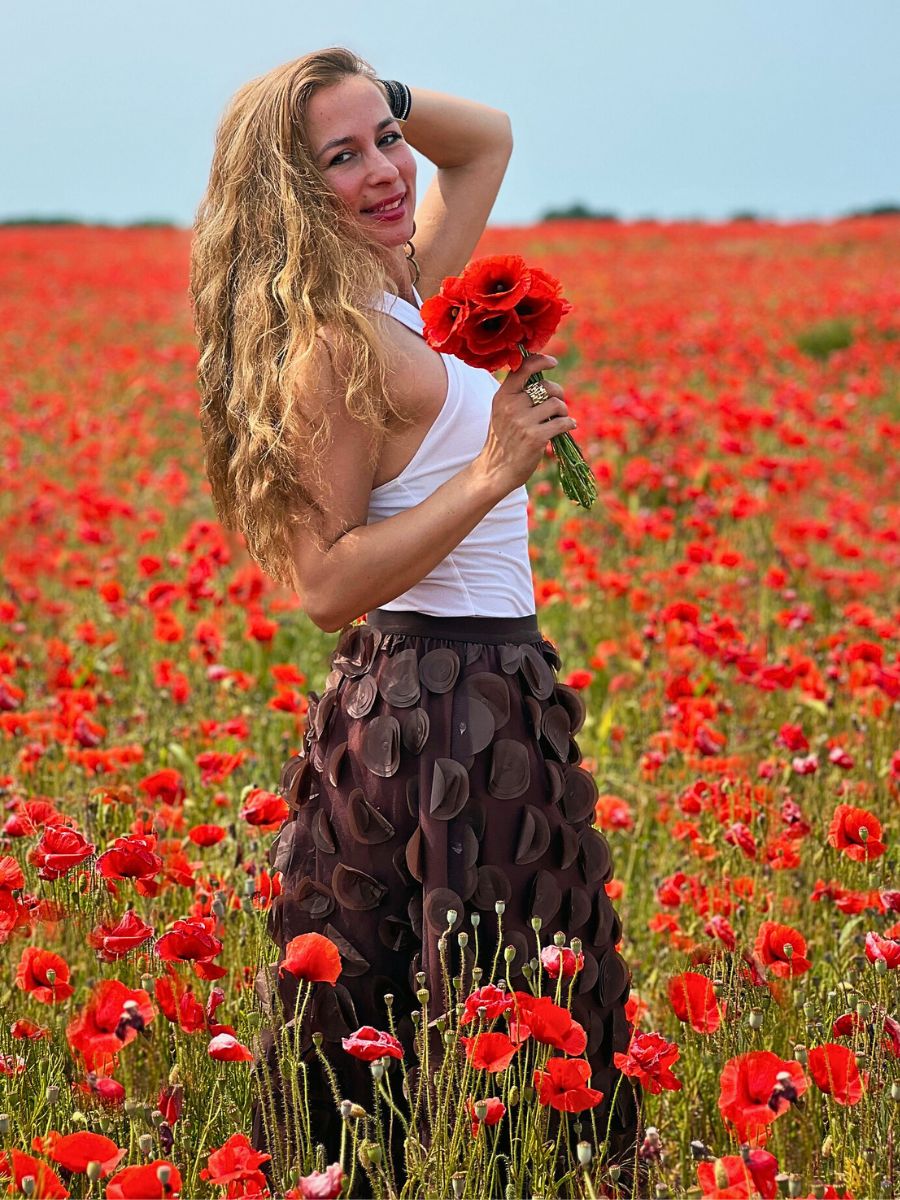
But the most renowned association of poppies with remembrance and honor can be credited to the famous war poem "In Flanders Fields" by Lieutenant Colonel John McCrae. Inspired by the sight of poppies growing atop the graves of fallen soldiers during World War I, Lieutenant Colonel McCrae wrote this poem, immortalizing the flower's significance.
Red poppies, in particular, became a symbol of sacrifice and remembrance for those who lost their lives in conflict. Their association with remembrance, hence, stems from their evocation in the Flanders Fields, where they bloomed amid the devastation and bloodshed of World War I. The striking red color of the flower's petals represents the bloodshed and sacrifice of those who lost their lives in war. Wearing or displaying the red poppy pays tribute to their memory.

Aside from the connection to war and Flanders Fields, the red poppy symbolizes resilience and hope. These flowers are known for their ability to grow in not-so-good conditions and even thrive in poor soil. In this sense, the red poppy points to the resilience of the human spirit, even in the face of adversity and tragedy. It represents hope and a determination to overcome challenges.
While the meaning of the poppy flower varies across the world in different countries, many cultures share at least one common interpretation of the poppy flower. In China, for instance, they denote rest and consolation, often used to represent eternal sleep and the afterlife, while in Japan, they are, almost similarly, associated with dreams and the transience of life.
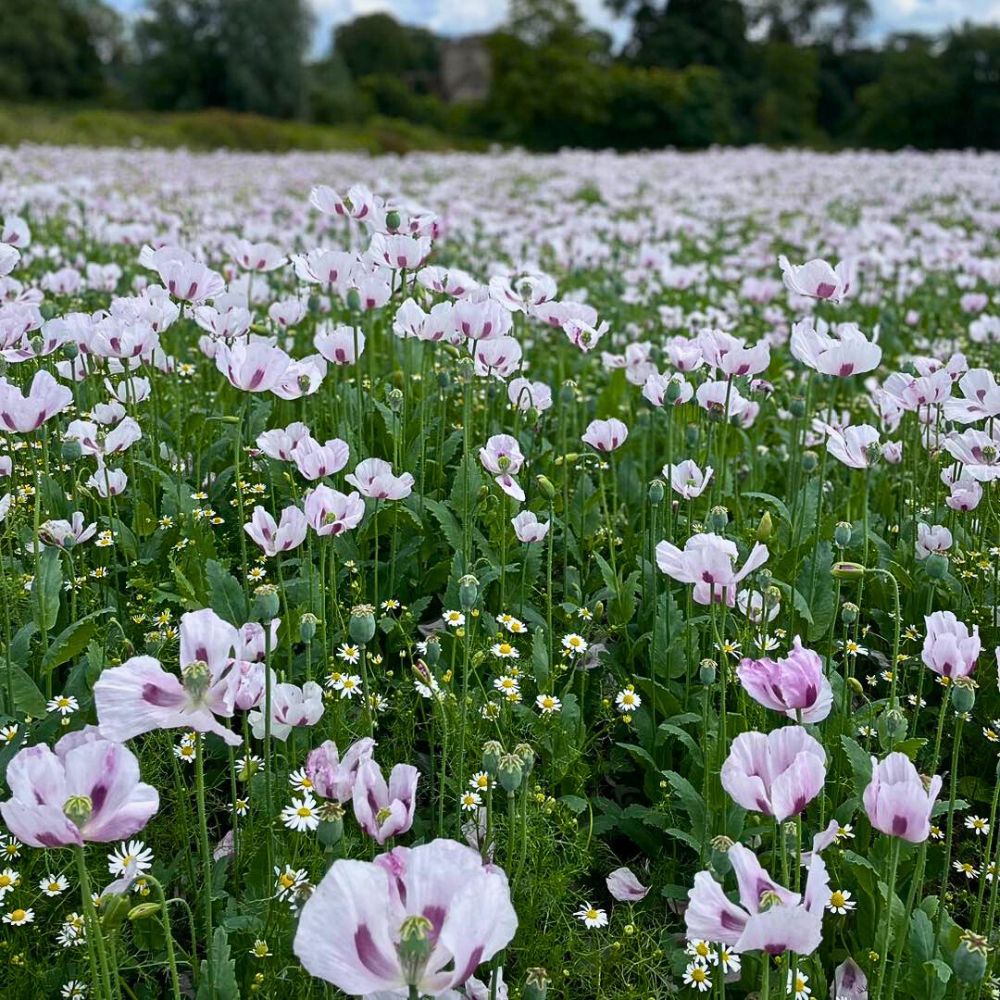
In New Zealand, the poppy flower has a special meaning, too. It is worn around Anzac Day, with the Poppy Day being the Friday before Anzac Day in this country. Of all the types of poppy, red is the most common color worn for this event. Moreover, poppies are perfect for gifting people who have birthdays in August as the birth flower. Not only is the flower right for the season and at this time, but it—alongside the Gladiolus—is the classic flower that represents the birth month of August. You could also give poppies if you are attending a funeral, as they could symbolize recovery, eternal life, and restful sleep.
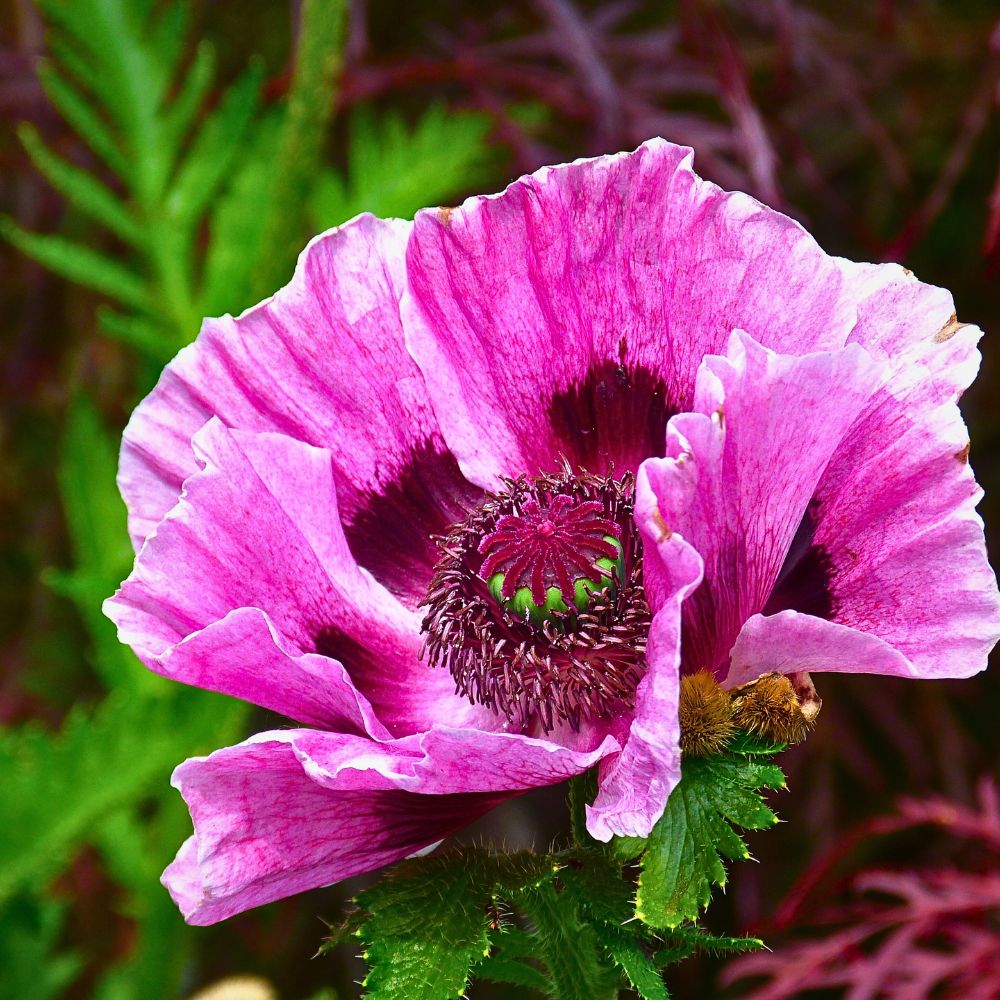
Poppy Flower Color Meanings Across Different Cultures
While the red poppy is the most common and often associated with remembrance and the memory of fallen soldiers, other colors and varieties also hold their unique symbolism. White poppies, for instance, are often used as a symbol of peace and non-violence. White remembrance poppies were first sold in 1933 by members of the Women's Cooperative Guild, mourning the loss of loved ones during World War I. Many people wore these white poppies to stress the message: "Never Again", which had emerged after the war, and appeared to be losing traction. These white flowers advocate for peaceful resolutions to conflicts and emphasize the need for harmony and understanding.

Black poppies have, in recent years, also been catching the limelight. They are used in the remembrance of the many unrecognized, marginalized races who fought and died alongside the soldiers. They are a mark of remembrance of black, African, Caribbean, and Pacific Islanders who lost their lives at war. Then there are purple poppies, mostly associated with spirituality, mindfulness, and a deeper sense of introspection. They symbolize spiritual awakening, transformation, and consciousness. These purple poppy flowers are also used to commemorate animal victims who served and lost their lives during the conflicts.
Orange poppies are often viewed as a representation of health, resilience, joy, success, foresight, and understanding based on different settings. California poppies, which are generally orange, are, alongside other yellow flowers, seen as a floral representation of the 'field of gold' sought during the gold rush. Blue poppies are, on the other hand, said to represent imagination and higher thinking. They epitomize creativity and inspiration. The unique color and its rarity make it a symbol of the extraordinary, pushing one to seek out the unusual and remarkable.
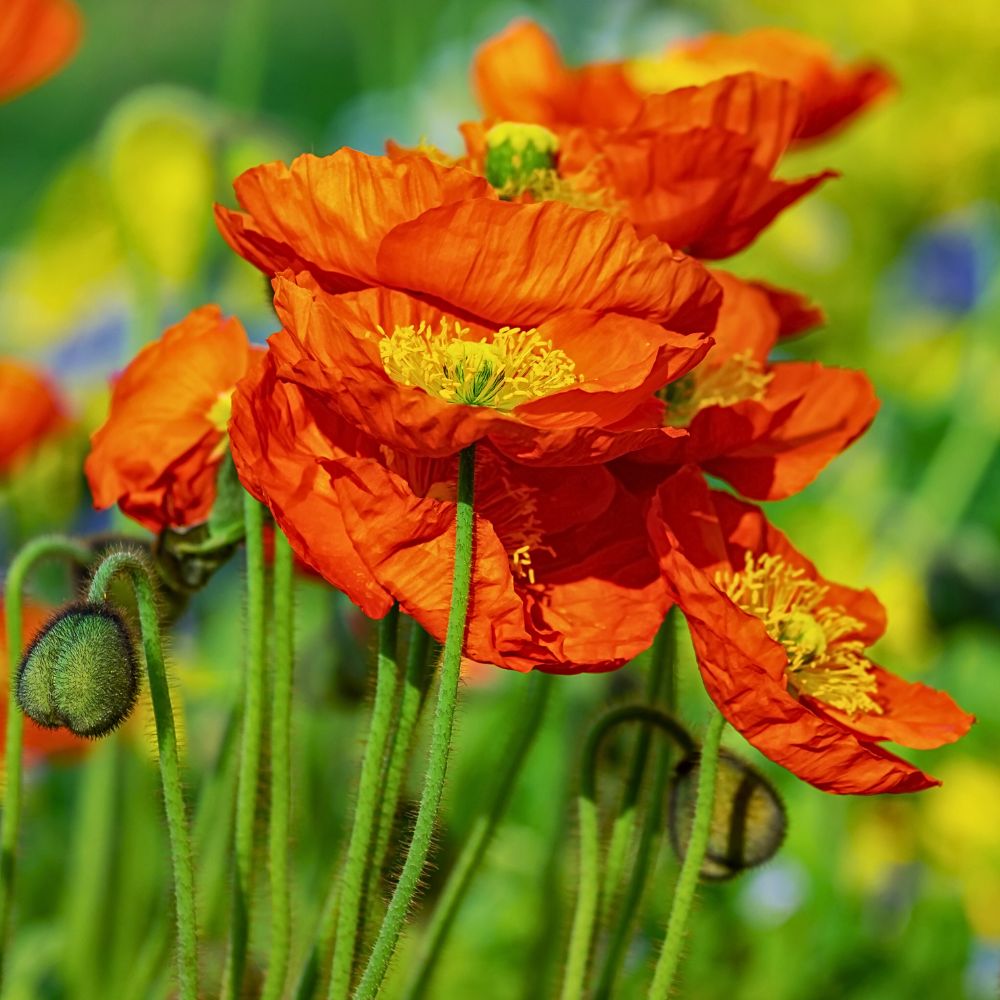
Pink poppy flowers have, for their part, been used as a symbol of beauty, peace, and love. According to spiritual beliefs, the pink poppy flower also represents spiritual connection, inner peace, and the divine. The pink color represents the energy of the heart chakra. Alongside blue poppies, they are also connected to luxury, success, and imagination. Yellow poppies symbolize renewal and optimism, looking at the bright side of situations. They are also associated with success, friendship, and happiness. Moreover, they can be used in memorials to honor departed loved ones and acknowledge that, henceforth, the focus should be on the positive memories of the deceased's time alive.
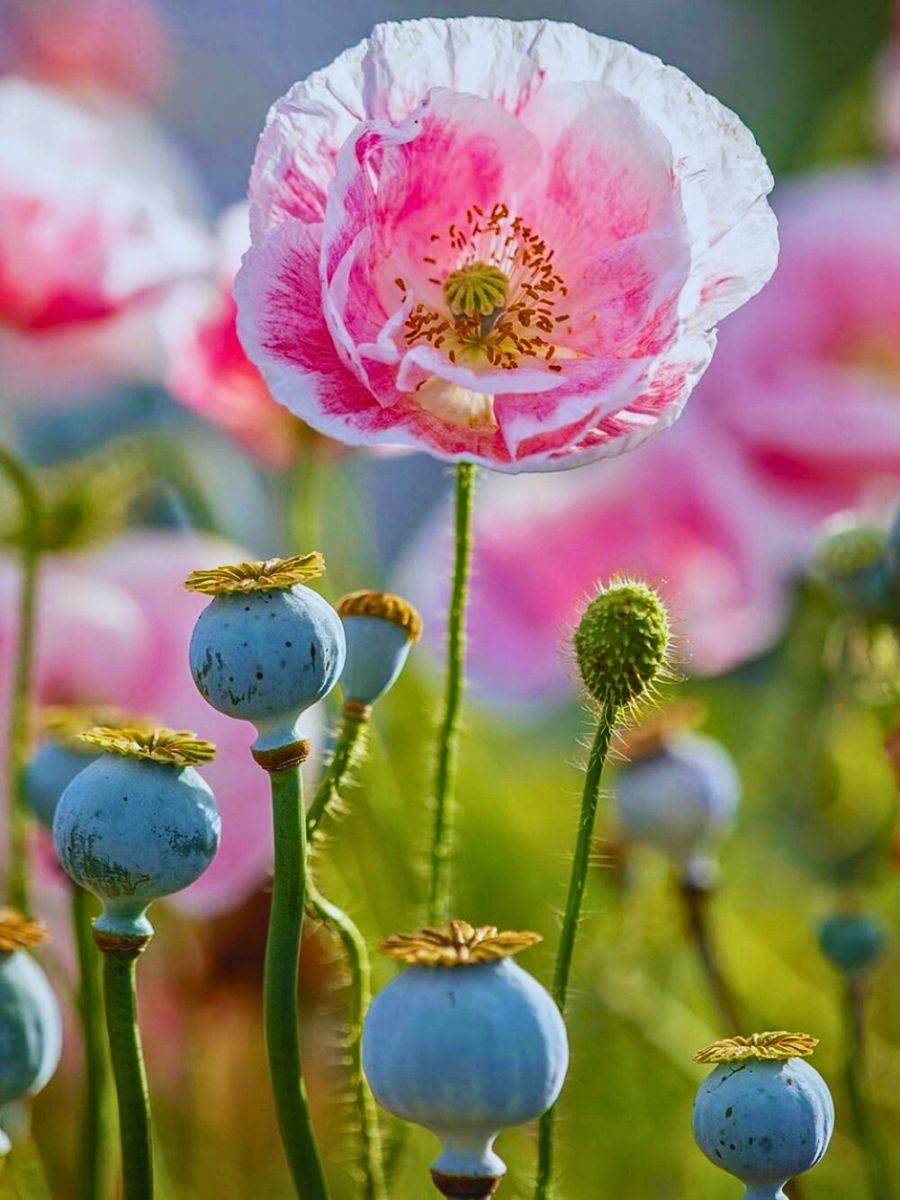
Poppy Flower Tattoo Meaning
Just like the flower's broader symbolism, the poppy flower tattoo meaning also carries great weight. Often chosen in shades of bright red—but also commonly found in shades of black and gray—poppy flower tattoo meanings often remember fallen soldiers or symbolize life, death, and the resolve of the human spirit. Poppy flower tattoo meaning is also personal, reflecting individual experiences and beliefs.

Poppy Flower Cultivation and Use in Floral Designs
Poppies are relatively easy to grow and can thrive in a variety of soil types and climates. These flowers are often used in floral designs and arrangements due to their arresting presence and enigmatic feel, as well as their symbolism. Red poppy can, for example, be used in Remembrance Day and Memorial Day wreaths and bouquets. Other varieties may add a touch of whimsy and charm to arrangements. Its use here also exemplifies its meanings and symbolisms across different cultures and societies.
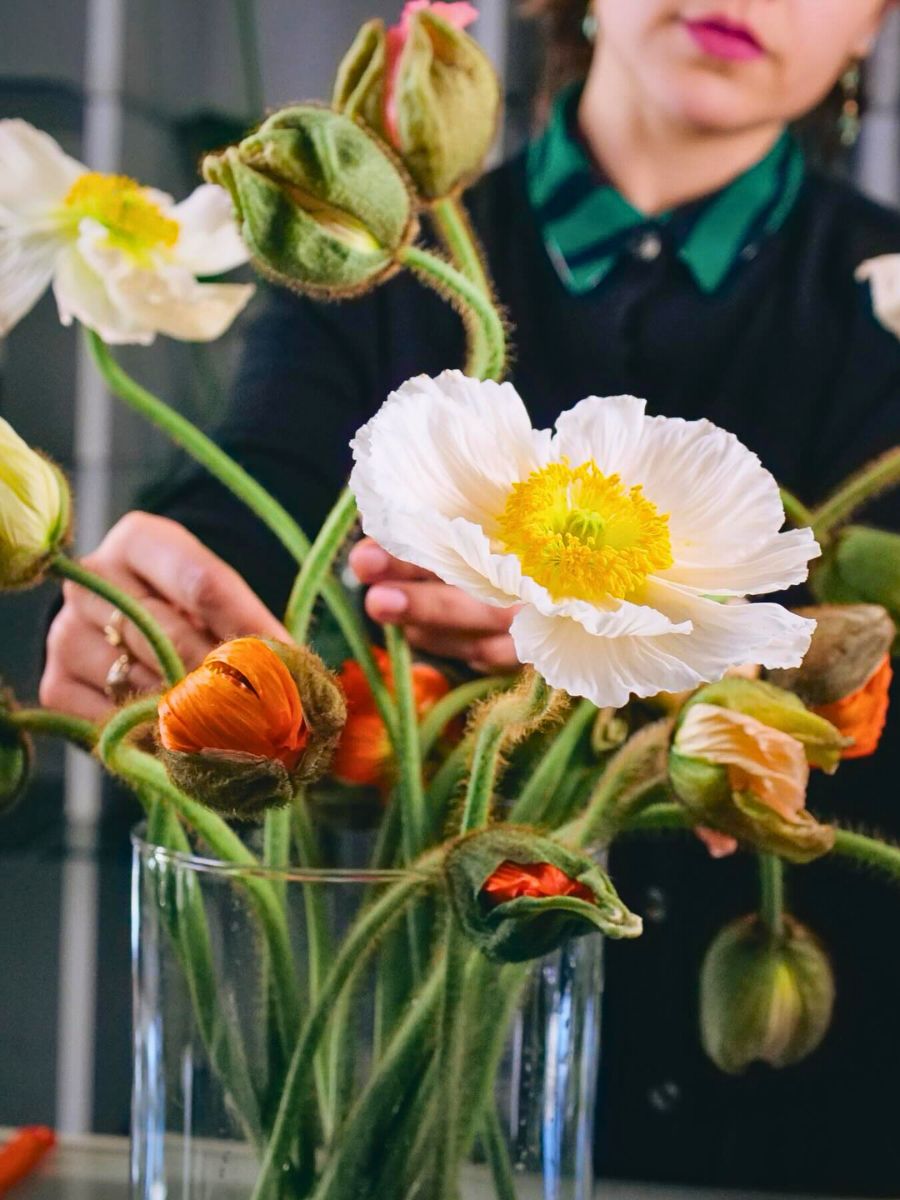
Header image by Nennieinszweidrei. Feature image by Eugene Lisyuk. Reel by @matt_mattus.


